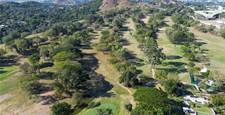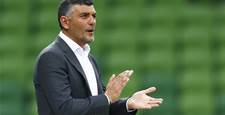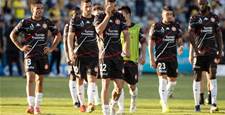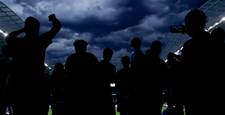WE lost a true legend of Australian football coverage last week, as photographer and journalist Les Shorrock passed away at the age of 90. Close friend Roy Hay helps us remember what Les bought to our sport…
Les arrived from England in January 1958 to be greeted by a Melbourne heat wave. Along with wife Eileen and son Brian, and with another baby on the way, he went through the migrant camp in Brooklyn. He worked as a manual labourer like many skilled migrants, and then had a variety of occupations. After couple of years the Shorrocks returned to England, but by May 1961, they realised they had made a mistake and came back to Melbourne.
Having played football in England and followed Stoke City, it was perhaps surprising, but quite typical of English migrants, that he did not initially become involved in the game in Australia. In 1970 a friend persuaded him to go to the World Cup in Mexico, which rekindled his interest and on his return another mate, Scott Frew, persuaded him to join the committee of Sunshine City. In 1974 City won promotion to the State League, but the Shorrocks then moved to Brighton which was closer to their home in St Kilda. Very soon he took up writing about the game and ‘Shorrock’s Soccer Snippets’ kept the fans informed. He then took over from Jim Barker as the soccer correspondent for the Sunday Press. He also did work on radio and was for a while on the Victorian Soccer Federation’s Board of Management. In 1976 the indefatigable Laurie Schwab recruited him to be his offsider on Soccer Action. Because the photographs they were getting for the paper were very poor, Les began experimenting himself and eventually learned to develop and print his own work.
As a casual on Soccer Action, Les held down a variety of other jobs to pay the bills, despite the fact that the paper took up a huge proportion of his week. Craig McKenzie, whom Les rates as one of the best journalists he has come across, joined the paper in 1979 and now, of course, still contributes to Goal Weekly. Les’s photographing skill improved to the point where he won the National Soccer Photographer of the Year award in 1982 for a brilliant picture of Peter Blasby making a flying save. He also won the same award in 1984 and 1985. Though Australia did not make it to the World Cup in Spain in 1982, Les did and was the official photographer for the New Zealand Herald as a result of work he had done during the qualifying competition. When The Age decided to close Soccer Action in 1987, Les determined to launch a paper of his own. Taking great risks and against the best advice of many of his friends he and three colleagues launched Soccer Star, which ran for two years and gave an opportunity for Rob Nelson and myself among others to write on the game in Victoria. Needless to say, Rob’s piece was called Nelson’s Column.
Les continued to work for The Age, both doing the real estate pictures and copy and producing a series of superb football photographs every week. His tartan bonnet and tall, slightly stooped figure was a fixture at football matches until his knees gave out and he retired in 1995.
A feisty and independent spirit he survived at least three bad car accidents, including an encounter with the Geelong flyer in which he was seriously injured. His contribution to the game as a photographer and journalist is second to none and the collection of his work which he has deposited at Deakin University’s Special Collections at its Waterfront campus in Geelong is an unrivalled source for the history of the game. Virtually every player who has turned out for the leading clubs in Victoria and Australia will have a Les Shorrock picture in his photograph album. His autobiography, My Charmed Life, gives a wonderful account of the sheer range of activities in which he was involved in the United Kingdom and Australia.
Related Articles
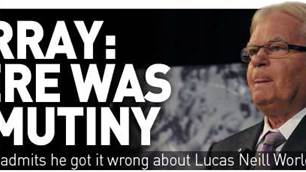
Les: There Was No Revolt

FFA: We Don't Recall Neill 'Mutiny'


